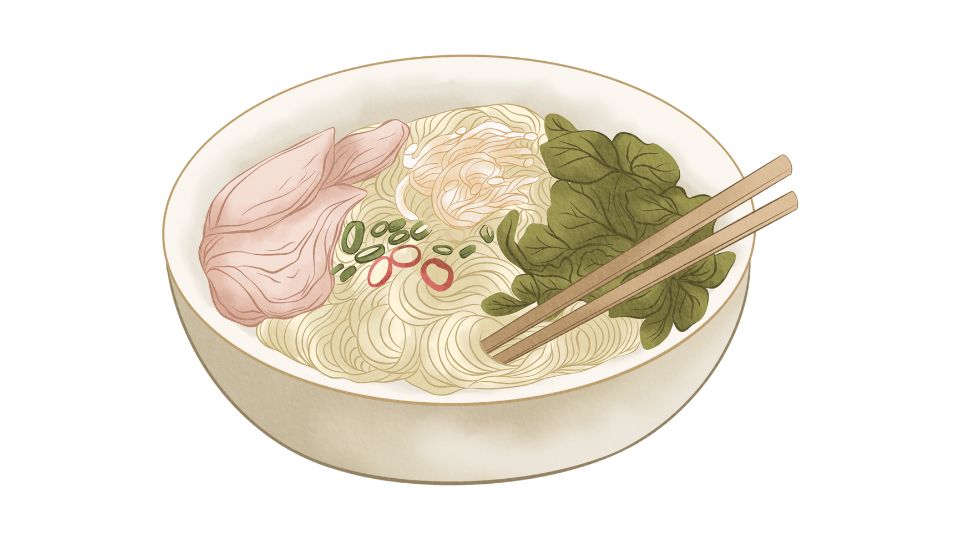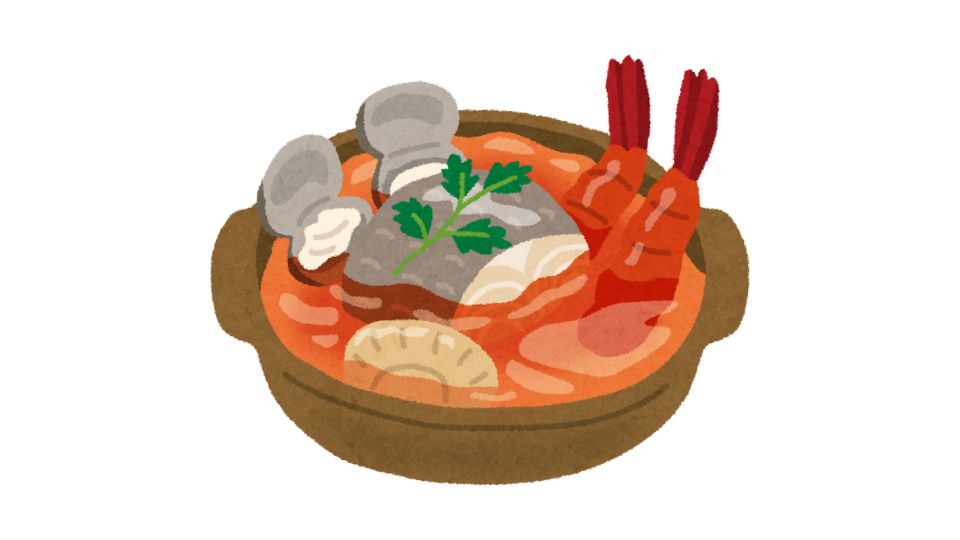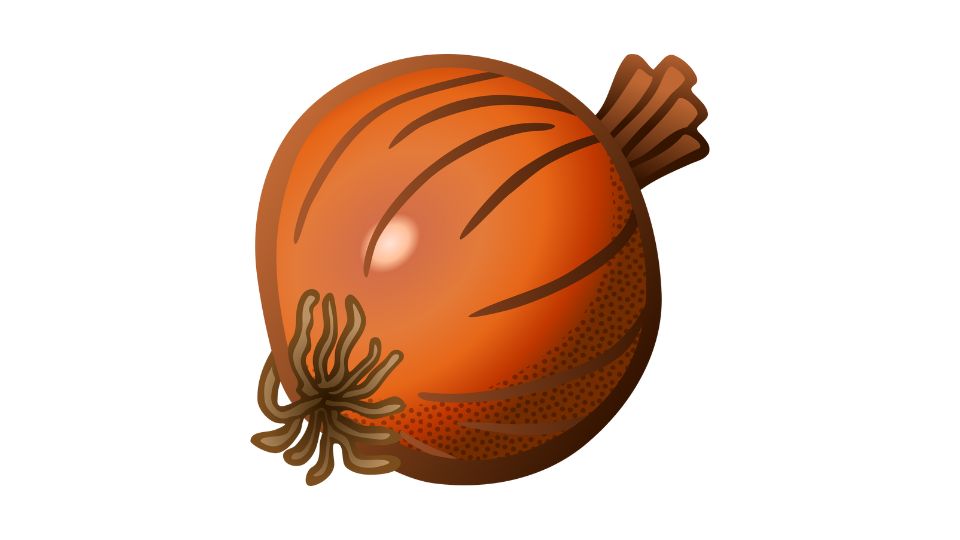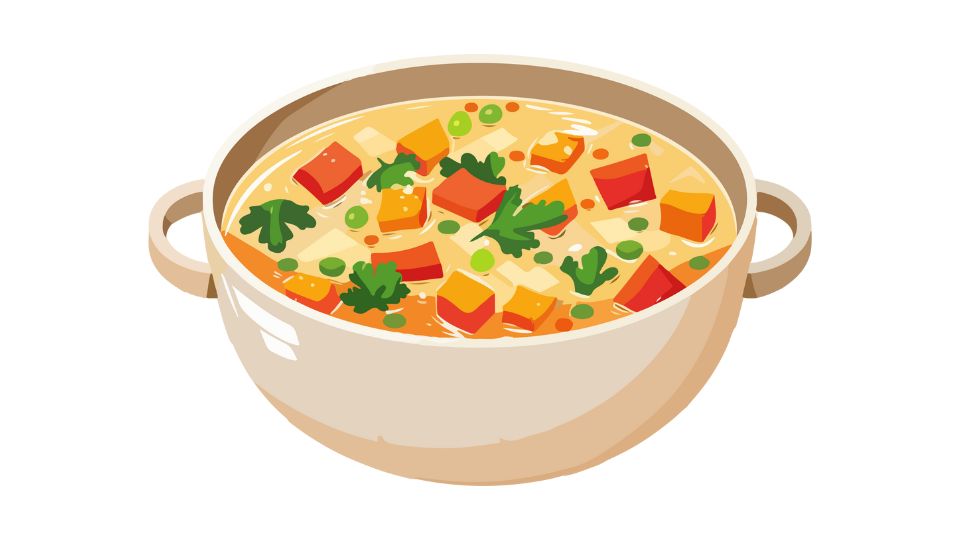Which Chilean Food Is Famous Globally?

Ever wondered what Chilean food is all about?
Chile’s cuisine might not be as famous as Italian or Chinese food, but it definitely deserves more attention on the global stage. With 3,000 miles of coastline and some truly unique ingredients, Chilean food has developed a distinctive identity that’s starting to get worldwide recognition.
I’m going to walk you through the most famous Chilean foods, from seafood feasts to comfort food classics, and explain why these dishes deserve a spot on your culinary bucket list.
Chilean Food’s Claim to Fame
Chile might be a skinny country on the map, but its culinary contributions are anything but small. What makes Chilean food stand out internationally?
- Incredible seafood (obviously)
- Unique preparations that combine indigenous, Spanish, and other European influences
- Fresh, high-quality ingredients from its diverse geography
- Simple but bold flavors that let the ingredients shine
Let’s dive into what makes Chilean cuisine special, starting with its most famous category.
Seafood: Chile’s Culinary Superstar

With that massive coastline I mentioned, it’s no surprise that seafood is the undisputed star of Chilean cuisine on the international stage. Here are the standout dishes that food lovers around the world seek out:
Caldillo de Congrio (Conger Eel Soup)
This isn’t just any fish soup – it’s the soup that inspired Pablo Neruda’s famous ode. Imagine a rich, flavorful broth made with:
- Tender conger eel (a type of white fish)
- Sautéed onions and garlic
- Carrots, potatoes, and tomatoes
- A hint of white wine
- Fresh herbs and a splash of cream
The result is comfort in a bowl – hearty, aromatic, and completely satisfying. When Chileans want to show off their seafood prowess, this is often their go-to dish.
Machas a la Parmesana (Razor Clams with Parmesan)
If you’ve never had these, you’re missing out on one of life’s simple pleasures. This dish features:
- Fresh razor clams (called machas in Chile)
- Melted parmesan cheese
- White wine
- A touch of garlic
- Sometimes a squeeze of lemon
They’re baked until the cheese is golden and bubbly, creating this perfect balance of seafood freshness and rich, savory flavor. It’s a dish that originated in the 1950s in Viña del Mar, created by an Italian immigrant, and has since become an iconic Chilean appetizer.
Locos con Mayonesa (Chilean Abalone)
This is probably the most exclusive Chilean seafood dish. Locos are Chilean abalone – a type of large sea snail that’s considered a delicacy. They’re:
- Carefully harvested (with strict quotas to prevent overfishing)
- Tenderized and boiled
- Chilled and sliced
- Served with homemade mayonnaise
Simple? Yes. Incredible? Also yes. This dish is all about showcasing the unique, slightly chewy texture and subtle flavor of this prized shellfish.
Empanadas de Mariscos (Seafood Empanadas)
While Argentina might be more famous for empanadas, Chile’s seafood versions deserve their own spotlight. These handheld treasures contain:
- A mix of seafood (often including shrimp, mussels, and white fish)
- Sautéed onions
- A hint of Chilean spices
- All wrapped in a golden, flaky pastry
They’re the perfect street food or appetizer, giving you a taste of Chile’s ocean bounty in every bite.
The Power of the Humble Onion

It might seem strange to highlight onions, but they’re seriously the backbone of Chilean flavor. Chileans use onions in practically everything savory, and they’re essential to the country’s culinary identity.
In Chilean cooking, onions are typically:
- Sautéed until transparent and sweet
- Used as the base for almost all seafood dishes
- Combined with garlic, oregano, and sometimes cumin
- Featured prominently in the country’s signature pebre sauce (similar to salsa)
A Chilean kitchen without onions would be like an Italian kitchen without tomatoes – technically possible, but why would you do that to yourself?
Rice Dishes: The Supporting Actor
Rice isn’t as central to Chilean cuisine as it is in, say, Asian cooking, but it does play a supporting role in many dishes. You’ll find rice:
- Served as a simple side dish
- Added to hearty stews like cazuela
- Sometimes flavored with garlic and herbs
What’s interesting about Chilean rice is that it’s usually prepared quite simply – letting the main dish (often seafood) take center stage.
The Kiwi Connection
Here’s something that might surprise you: Chile is one of the world’s largest exporters of kiwi fruit. While kiwis aren’t actually native to Chile (they originally come from China), the country’s climate is perfect for growing them.
Chilean kiwis are:
- Known for their consistent quality
- Exported worldwide (especially to Europe and North America)
- Available during the Northern Hemisphere’s off-season
While kiwis aren’t traditionally used in Chilean cooking, they’ve become part of the country’s agricultural identity on the global stage.
Beyond the Basics: Other Chilean Favorites

Chile’s culinary repertoire goes way beyond seafood and onions. Here are a few other distinctive dishes that deserve mention:
Pastel de Choclo (Corn Pie)
Think of this as Chile’s answer to shepherd’s pie, but with a South American twist. It features:
- A base of seasoned ground beef (sometimes mixed with chicken)
- Sautéed onions (of course)
- Olives, raisins, and hard-boiled eggs
- All topped with a sweet corn paste and baked until golden
The contrast between the sweet corn topping and the savory filling makes this a uniquely Chilean comfort food experience.
Charquicán (Beef and Vegetable Stew)
This hearty stew has indigenous roots and showcases Chile’s agricultural bounty:
- Shredded beef
- Potatoes and pumpkin
- Corn kernels
- Often topped with a fried egg
It’s stick-to-your-ribs comfort food that tells the story of Chile’s blended culinary heritage.
Why You Should Care About Chilean Food

So why should you pay attention to Chilean cuisine when there are so many other food cultures out there?
Because Chilean food represents a unique culinary crossroads – it combines:
- Indigenous Mapuche cooking techniques
- Spanish colonial influences
- Contributions from German, Italian, and other European immigrants
- The incredible bounty of one of the world’s most geographically diverse countries
The result is a cuisine that feels both familiar and distinctive – comfort food with a South American accent.
Plus, with Chile’s wine industry booming, there’s no better time to pair these dishes with the country’s outstanding Carmenere or Sauvignon Blanc.
Chilean cuisine might not have the global reach of its neighbors like Peru (yet), but it offers a delicious window into a culture that values fresh ingredients, simple preparation, and bold flavors. And honestly, who wouldn’t want a bowl of caldillo de congrio after reading about it?

